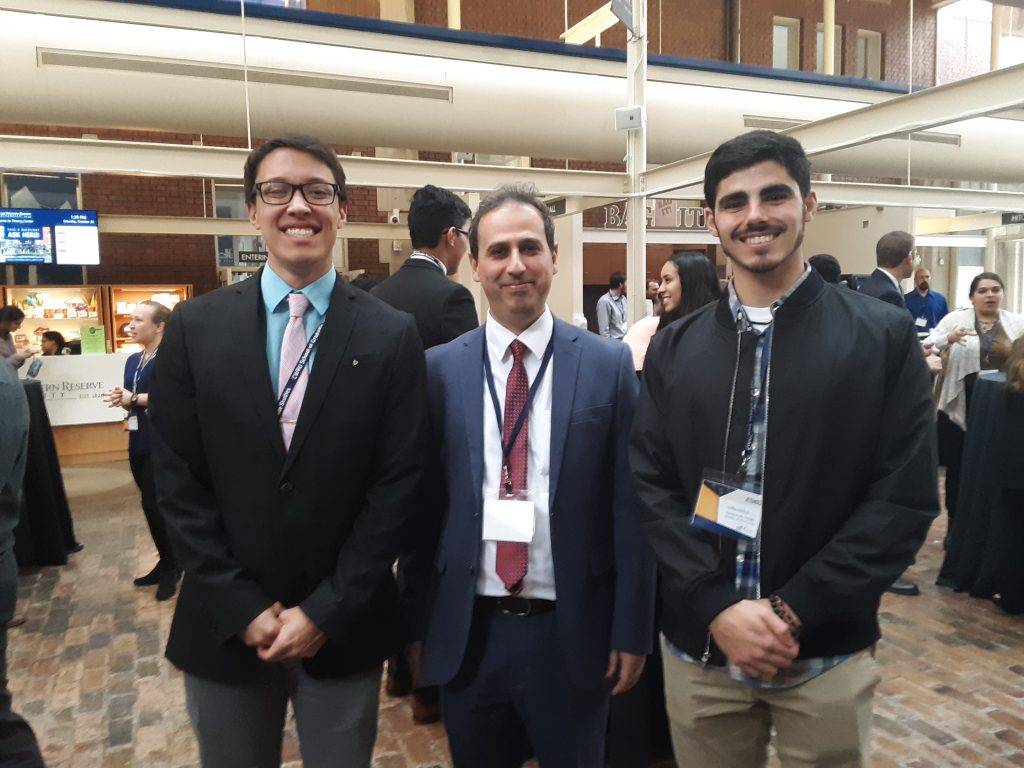Engineering is all about designing and developing solutions for real-world challenges and needs. We as engineers serve clients. In the case of biomedical engineering, our clients are healthcare providers, such as physicians, nurses, physical therapists… etc. Please note that we do not serve patients directly, but rather indirectly through serving healthcare providers and providing them with the tools, products, and the solutions they need to perform their tasks.
Biomedical Engineers design and develop solutions so that people can live longer, healthier, independent, and more productive. To achieve that, biomedical engineers need to use the principles of mathematics, engineering, basic sciences, and health sciences to solve medical challenges.
Biomedical Engineering is characterized as a research-based multidisciplinary field. Medical and healthcare challenges are complex. To design and develop solutions for such challenges and needs we need to train engineering professionals with a broad and diverse curriculum that covers topics that includes mathematics, physics, chemistry, biology, anatomy, physiology, and statistics alongside topics from mechanical, electrical, and computer engineering. Biomedical engineering needs a broad spectrum of knowledge to be able to communicate with healthcare providers (their clients), other engineers, manufacturers, lawyers, and with regulatory agencies personal.
Since Biomedical Engineering is a broad field, it is very important to be focused. I suggest to all students interested in studying biomedical engineering to identify a medical challenge or a medical condition they are passionate about solving and/or they have a personal experience with and then focus all their energy, time, and efforts on learning everything they can to solve such medical challenge/condition. I am passionate about helping people with diabetes and osteoporosis heal their fractured bones faster. Therefore, I learned everything about bone tissue and about bone metabolism. then I used my engineering knowledge and skillset to design and develop solutions to accelerate bone healing in diabetic and osteoporotic patients. That included doing animal surgery, mechanical testing, histomorphometry, medical image analysis, and gene analysis. What is your passion?
About 80% of biomedical engineers complete another advanced degree: up to 40% of biomedical engineers join medical schools to become physicians and about 40% complete their graduate studies (Masters and Ph.D.) to become scientists. The rest join the workforce in the industry to become research and development engineers, service engineers, sales engineers, or maintenance engineers, or they work in a hospital as a clinical engineers.
